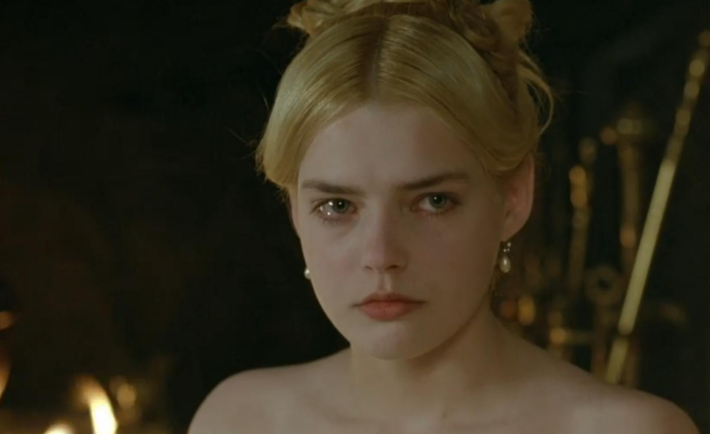
Catherine Breillat’s The Last Mistress (2007) is a bold, atmospheric period drama that dares to dissect the raw edges of passion, control, and the ghosts of desire. Based on the novel by Jules-Amédée Barbey d’Aurevilly, the film transports us to 19th-century France, where appearances are everything — yet the heart refuses to obey.
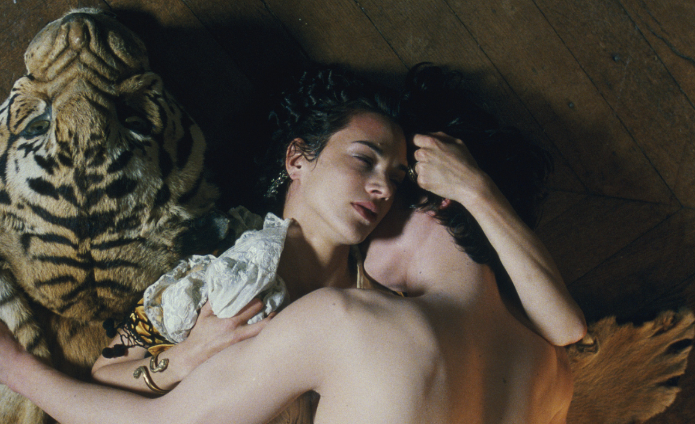
The story follows Ryno de Marigny (Fu’ad Aït Aattou), a young and elegant aristocrat who is soon to marry a chaste and noble woman. But beneath his calm exterior lies a burning memory — a scandalous, obsessive affair with the fiery and unpredictable Vellini (Asia Argento), a Spanish-Italian woman who neither conforms to norms nor surrenders to shame. What begins as a confession becomes a reckoning, as the lines between past and present, love and destruction, begin to blur.
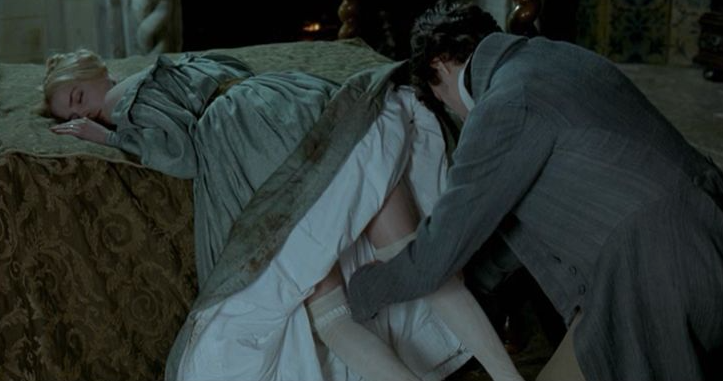
Asia Argento commands every frame she appears in, portraying Vellini with a fierce blend of sensuality, rage, and aching fragility. Her chemistry with Fu’ad Aït Aattou simmers with unspoken tension, giving the film a dangerous, almost hypnotic energy. Director Breillat — known for her fearless approach to female sexuality and power — uses this story not only to depict forbidden love, but to question the very rules that bind and punish it.
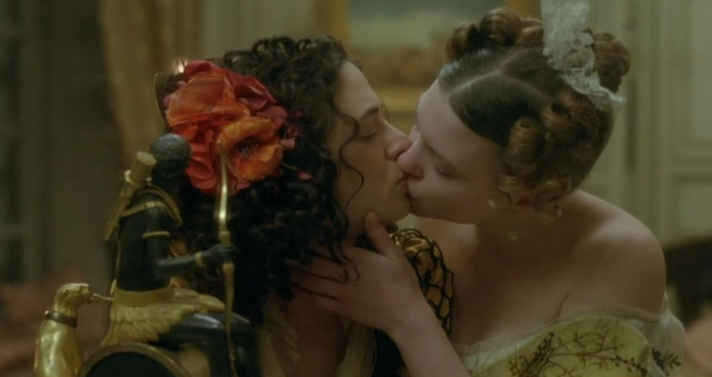
Visually, The Last Mistress is stunning. Every frame is composed like a painting — rich fabrics, candlelit interiors, and sharp glances loaded with meaning. Yet beyond its beauty, the film carries a melancholic weight, exploring how the chains of memory and desire can both define and destroy us.
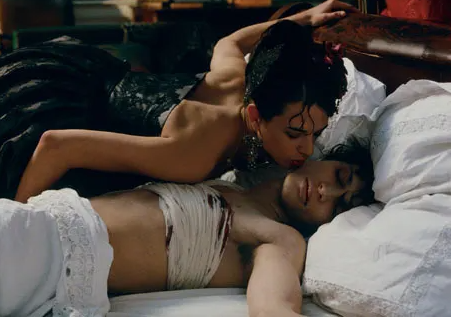
Far from a typical costume drama, The Last Mistress is an intense, layered film that challenges the viewer to confront the true nature of passion: not as something romanticized, but as something raw, consuming, and deeply human.





